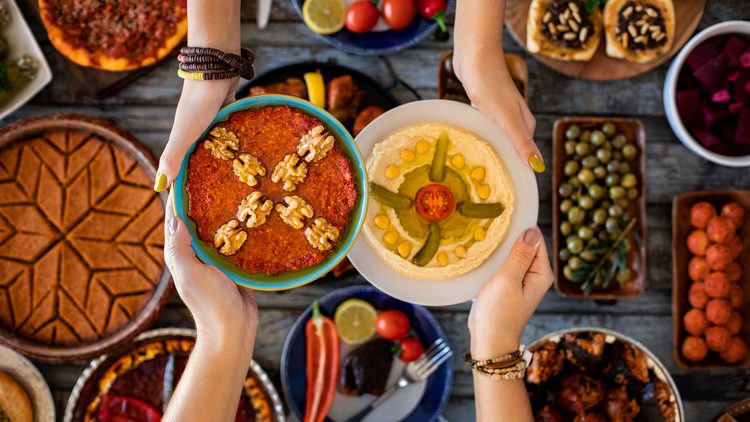
Eid al-Fitr is not just a celebration for Muslims; it’s also a time to indulge in a delightful array of traditional foods and sweets that vary from region to region. This article explores the mouthwatering culinary traditions associated with Eid al-Fitr, offering a global taste tour of the delicious dishes and sweets that grace the tables during this festive occasion.
Sweet Beginnings
Eid al-Fitr kicks off with a sweet start, symbolizing the joy and sweetness of the festival. One of the most iconic sweets enjoyed worldwide is “Sheer Khurma,” a rich and creamy vermicelli pudding. Infused with milk, dates, and nuts, this dish is a favorite in many South Asian countries.
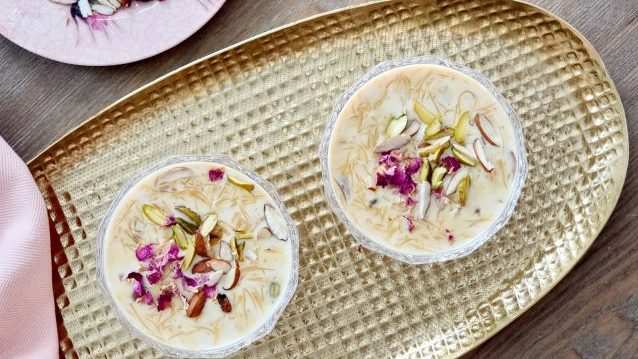
Middle Eastern Delights
In the Middle East, Eid tables are adorned with a variety of savory and sweet treats. “Ma’amoul,” delicate filled cookies, are a staple. These pastries, filled with dates, nuts, or figs, showcase the region’s commitment to intricate and flavorful desserts.
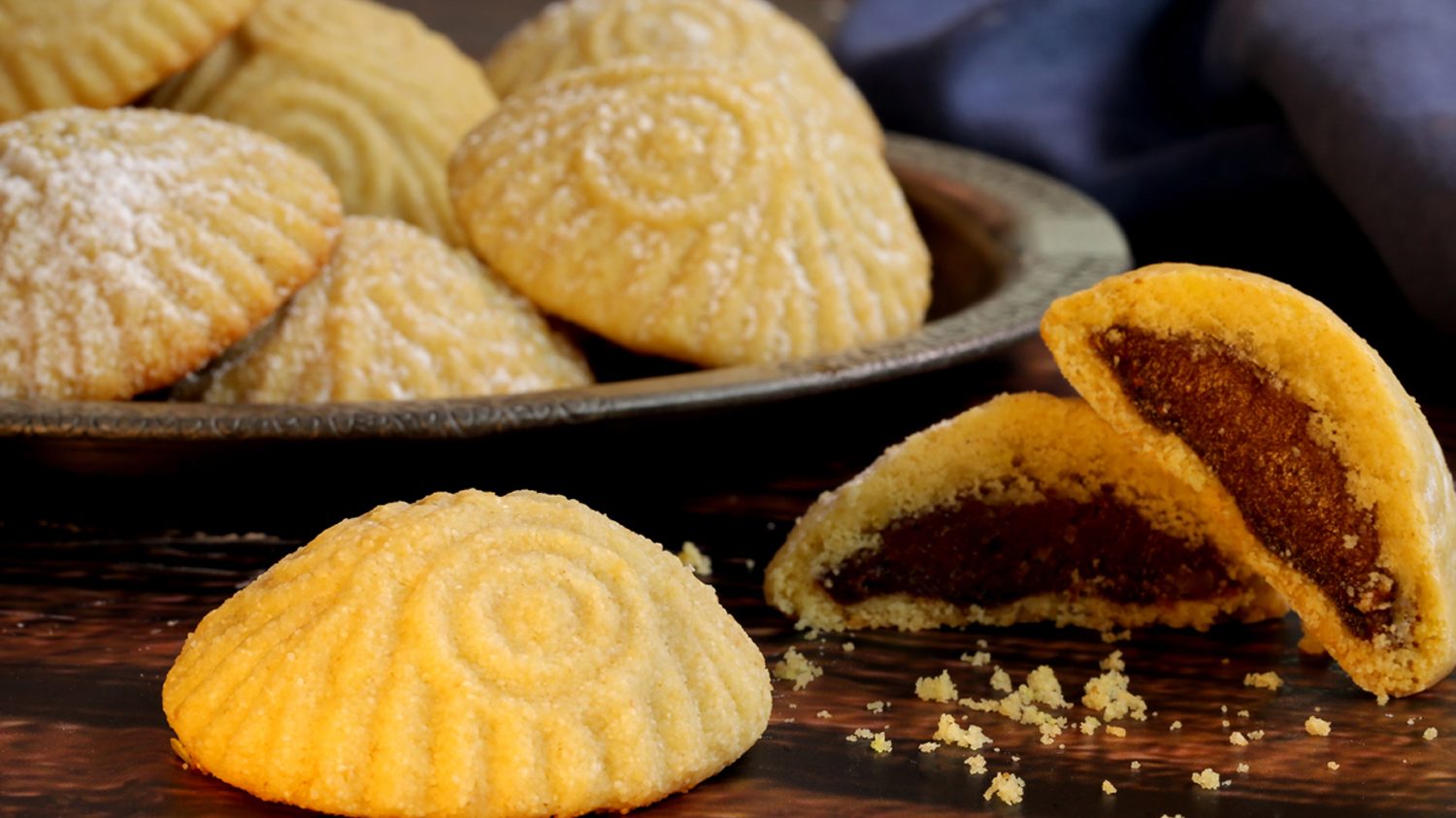
Turkish Temptations
Turkey brings its unique flavors to Eid with the beloved “Baklava.” Layers of thin pastry, chopped nuts, and sweet honey or syrup create a delectable treat that’s both rich and satisfying. Baklava has become a symbol of celebration during Eid in Turkish households.
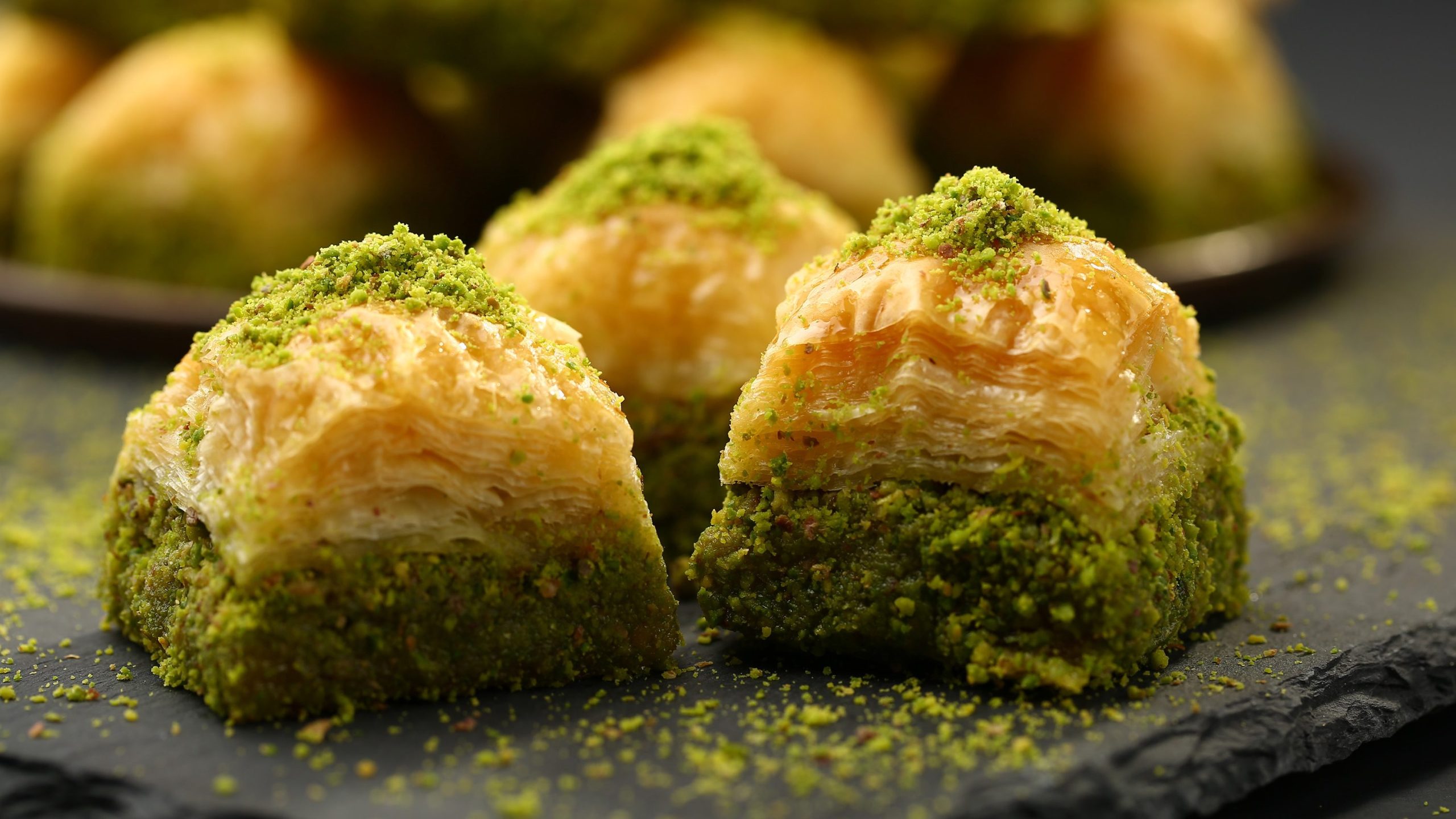
South Asian Feast
In South Asia, Eid is synonymous with a feast of aromatic biryanis, kebabs, and rich curries. “Seviyan” or “Vermicelli Kheer” often takes center stage for dessert, showcasing the region’s love for creamy, sweet dishes.
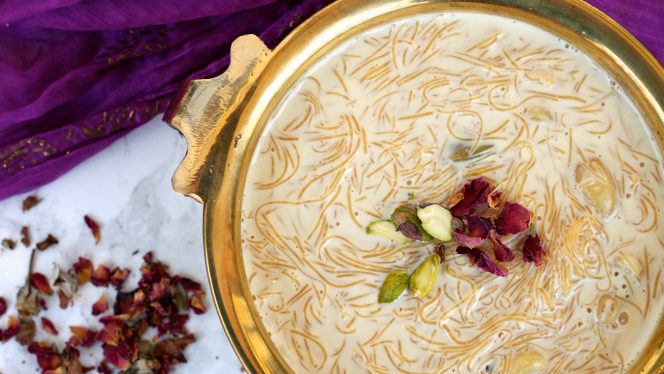
North African Influences
Across North Africa, Eid is celebrated with “Chebakia,” a Moroccan treat made by folding dough into intricate shapes and deep-frying until golden brown. These honey-dipped pastries are both visually appealing and delicious, embodying the spirit of the festival.
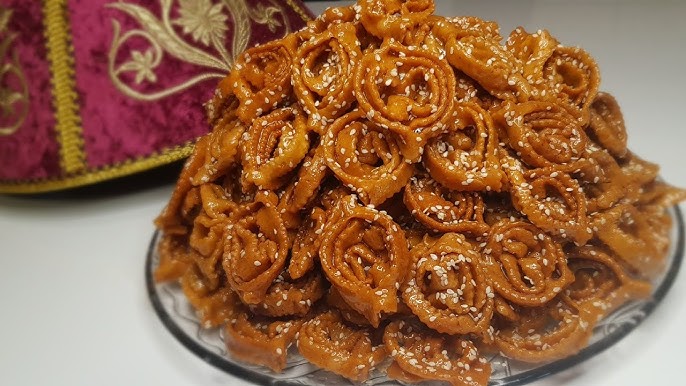
Persian Palate
Persian households celebrate Eid with the delectable “Shirin Polo,” a sweet rice dish filled with dried fruits, nuts, and aromatic spices. This dish perfectly encapsulates the Persian culinary ethos of blending sweet and savory flavors.
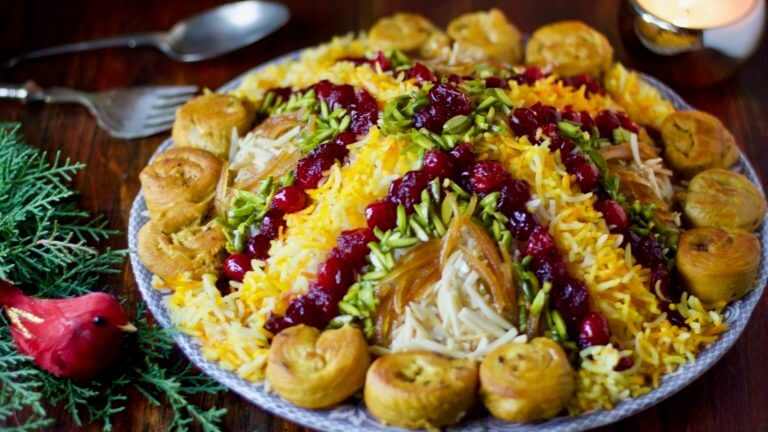
Southeast Asian Flair
In Southeast Asia, particularly Indonesia and Malaysia, “Ketupat” is a popular Eid dish. Compressed rice cakes wrapped in woven palm leaves, Ketupat is often served with rich curries and flavorful gravies, showcasing the diverse flavors of the region.
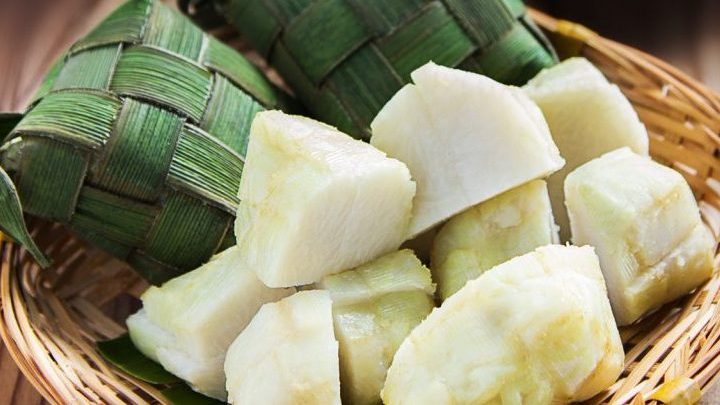
African Traditions
Eid celebrations in various African countries are marked by dishes like “Thiéboudienne” in Senegal, a flavorful rice and fish dish. Meanwhile, “Kahk” is a sweet treat enjoyed in Egypt, symbolizing the sweetness of life during Eid.
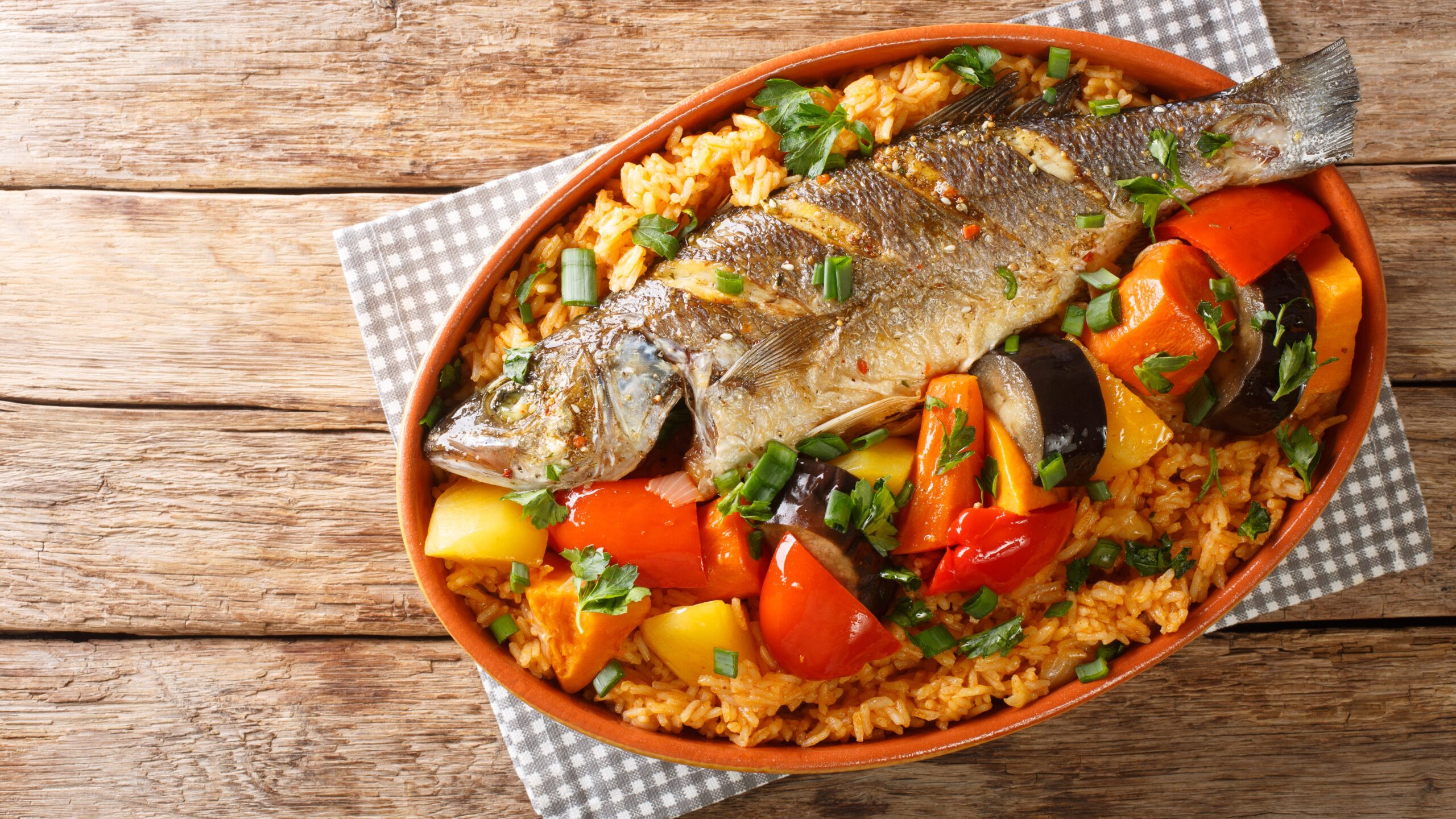
Western Fusion
In Western countries, Muslims often blend traditional dishes with local flavors. “Eid Cookies” and “Date Pies” are examples of how communities creatively infuse traditional Eid flavors into familiar Western desserts.
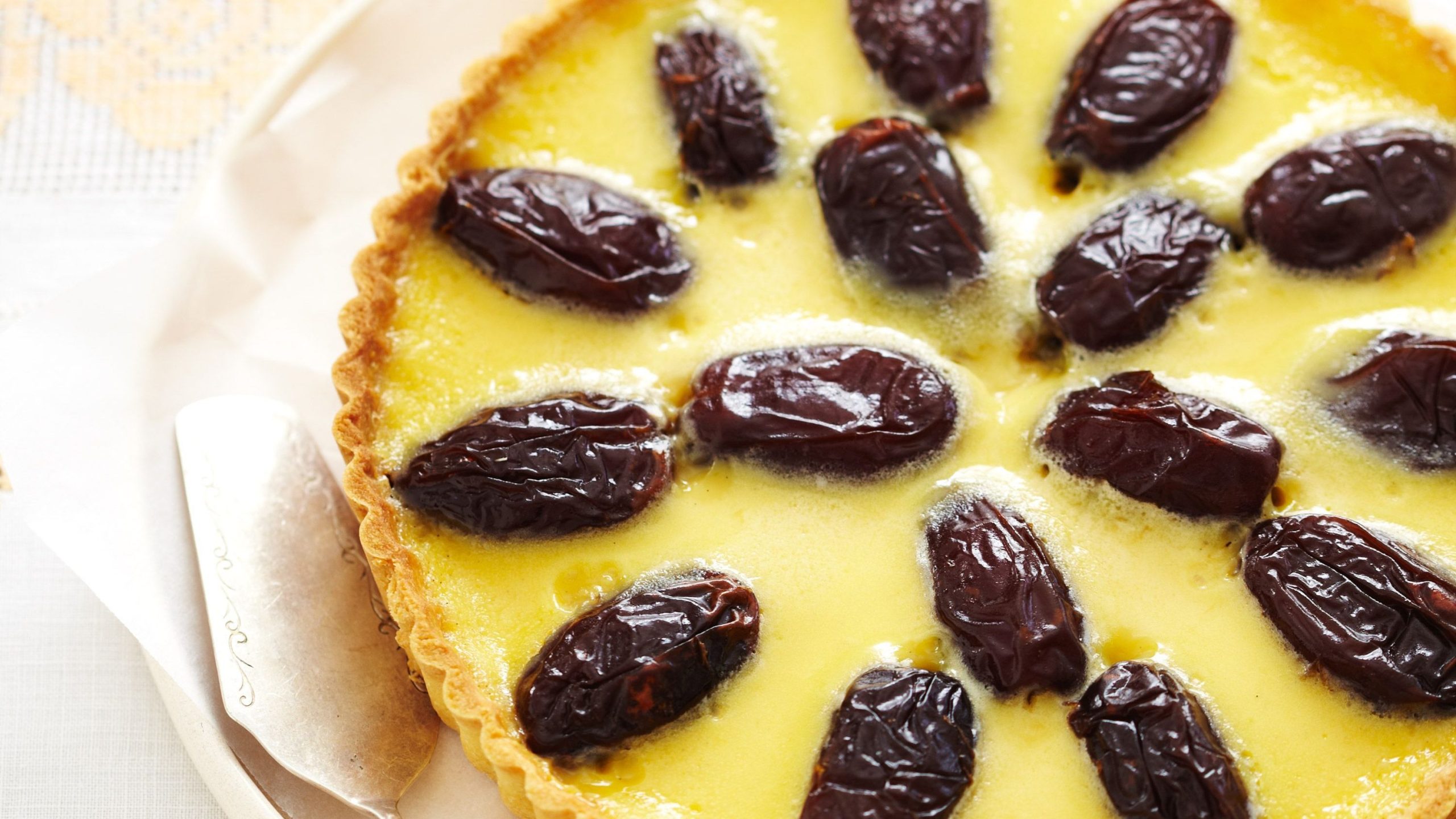
Eid al-Fitr is not only a time for spiritual reflection but also a celebration of diverse culinary traditions. From the Middle East to Southeast Asia, the joyous occasion is marked by a rich tapestry of flavors, showcasing the global unity of the Muslim community. As families gather to break their fasts and share meals, the diverse array of traditional foods and sweets becomes a symbol of the cultural richness that makes Eid al-Fitr a truly global celebration.





GIPHY App Key not set. Please check settings